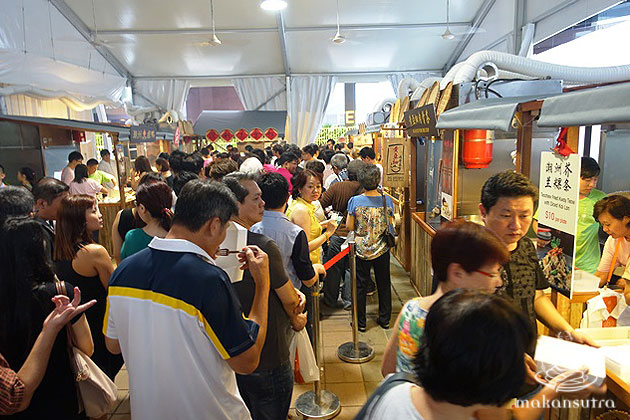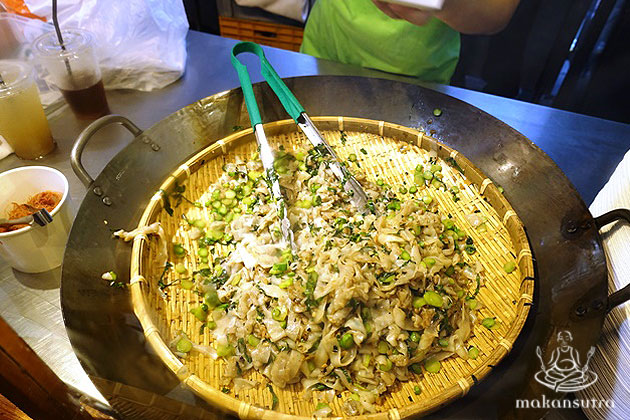
Teochew Cultural Festival: Clearly, food was the main draw
By Thammika Songkaeo - Thursday, Oct 02, 2014
“Chor Ni Muea?” was heard all over the festival tent as friends met up for the carnival. This Teochew greeting rang through the air, and some responded with a, “orh luak char jing tiam” (“the oyster omelet is fried very well”). It’s probably the most densely Teochew things will get along Orchard Road for a while. The Teochew Cultural Festival is not ashamed to be Teochew. It is an overflow of Teochew senses and sensibilities. The Teochew Opera, which one can hardly find anymore, sings loudly and clearly. The food and the arts penetrate the senses, reminding us of the heritage that many of us do not actually know.
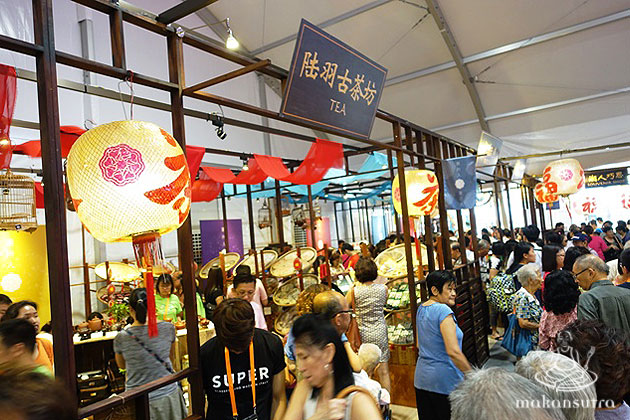
Organized by the Teochew Poit Ip Huay Kuan Clan Association in conjunction with its 85-year anniversary celebrations, the festival’s goal is to inform people of the Teochew culture. Many of us with Chinese blood know what kind of Chinese we are, but having been born and bred in a Southeast Asian country, we’ve mixed together in multicultural ways that make it difficult to discern what part of our identity comes from what culture. How many of us even know which pastries are Teochew and which are Hokkien, for example? And the deep-fried, flaky mooncakes that we enjoyed just last month – which dialect group are they associated with?
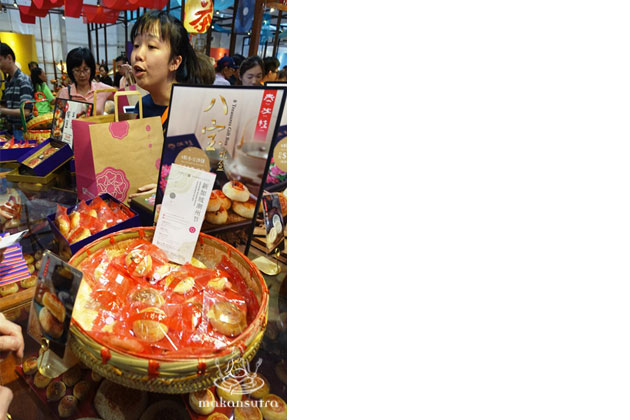
The festival does not unearth everything about the Teochew culture, but it does contain a diverse range of exhibitions, from wood-carving to a small food street that covered bak kut teh, or luak, pastries, candied peanuts and bird’s nest, among others. There are also descriptions – much like in a museum – that tell you the history of the Teochew people (what hardships they faced, how they’re emigration was, etc.). All in all, the event was a well-balanced survey of the people. But we quibble over the little food street tent section. It was just too small to hold the interest and response from a Singaporean crowd that shows off their culture through their love and knowledge of food. It could barely hold under two hundred diners at any one time, and the crowds that patiently lined to get in on a Sunday was just as much. It is best to go on a weekday. In terms of food, there are both made-to-order dishes and prepared foods to take home as souvenirs. For freshly cooked food, there is only one vendor per kind of dish. The space is quite small, so there will be a lot of cramping as people try to squeeze through to stalls. Despite the limited vendors, they’ve got reliable names like Ng Ah Sio and Thye Moh Chan (now owned by Bread Talk folks who are behind the makan section, as their leader George Quek, heads up the Teochew clan groups here), so you’ll still be able to find yummy delights. There are just under 10 stalls, including Ah Boling (dessert dumplings), fried chai po kway teow (done with a mini cement mixer-style fryer), stewed duck rice and oyster omelet (the longest queue). The prices are relatively high for the dishes, but the entrance fee of the entire event is affordably $5, making up for the food costs in a way.

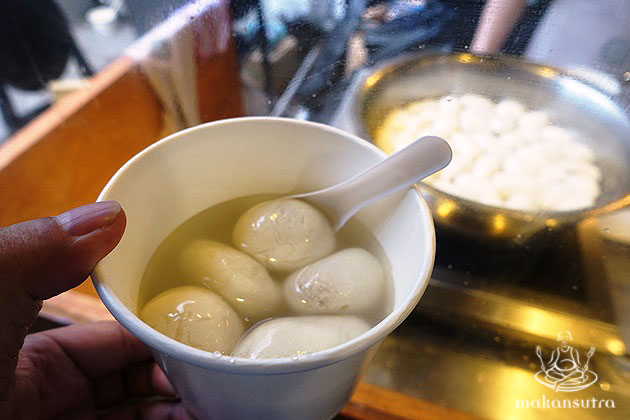
We wish for the Teochew Cultural Festival to continue, expanding and deepening, in the coming years. No festival is perfect – and there will always be long lines for us to see (especially for food) – but this is a good space to somewhat satisfy a craving for historical, cultural and maybe even familial knowledge. It’s easy, given that many people just dub China as one big blob now, to forget to think about the little complex pixels that make up this country with 5000 years of history and subcultures. The festival’s last day is Monday, October 6, so if you have an hour or so, stop by in front of Ngee Ann City any time between 11 am and 10 pm to see what you might not know existed in Teochew culture and what “chor ni muea” really means.
